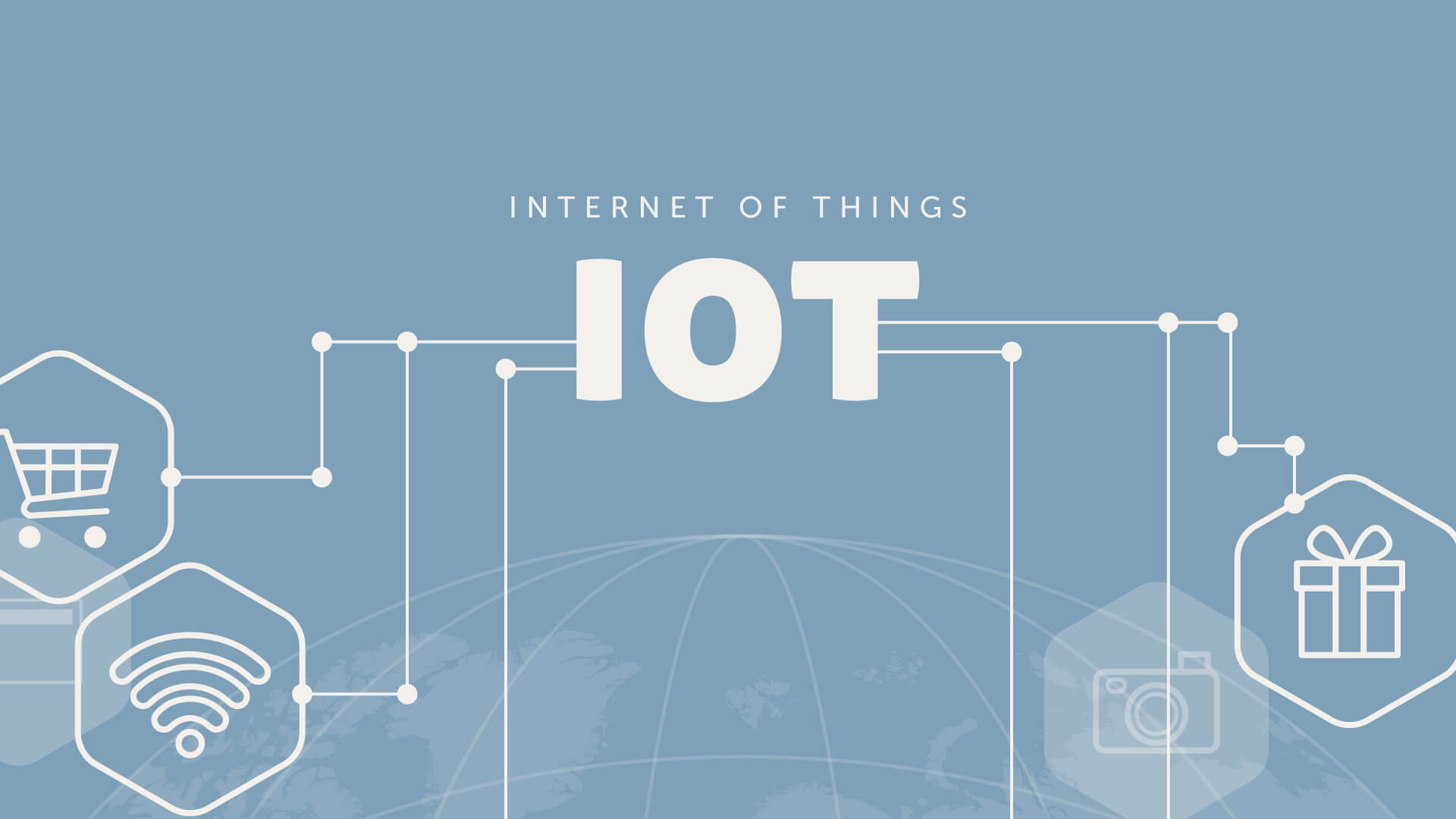
The Internet of Things (IoT) solves critical problems in many areas, from production to health, from transportation to logistics, and more. However, the increasing security risks of the IoT require caution when using connected devices.
Connected IoT objects are not the same devices, installations or services. They each have different uses, interfaces, operating mechanisms, and underlying technologies. Given this diversity, applying a single security architecture and approach to all objects is not sufficient to provide the security required by the IoT.
IoT security measures protect IoT devices connected through a network through a preventative approach, aiming to prevent large-scale cyberattacks that could be carried out through these devices. Like any other computing device, IoT devices are potential entry points for attackers to compromise a company's network, and therefore, strong security measures are needed to protect them.
Today's IoT implementations require agencies and organizations to have an ecosystem of many different devices. It is critical to secure this ecosystem by utilizing a combination of IoT security solutions, policies, and technologies rather than traditional methods.

IoT Security Tips
There are a number of steps companies can take to secure their IoT, including using authorized software on IoT devices and authenticating IoT devices on the network before collecting or sending data. In addition, since they have limited computing power and memory, it is necessary to set up firewalls to filter packets sent to IoT endpoints.
On the other hand, you should also ensure that updates and patches are installed without consuming additional bandwidth. In addition to the general security measures mentioned above, we recommend that you consider some unique security approaches when planning the security of your IoT devices. In addition to device and network security, you need to ensure the physical security of your entire IoT and communications infrastructure.
You can employ the following security methods to protect IoT devices.
Ensure physical security: Keep IoT devices relatively closed and protected from physical access.
Deploy tamper-resistant devices: Use tamper-resistant IoT devices. These devices will deactivate themselves if tampered with.
Keep firmware up-to-date: Proactively apply updates and patches to devices as soon as they are released by the manufacturer.
Run dynamic tests: Run tests to discover weaknesses and vulnerabilities in hardware code.

Set up a device replacement program: Set up a program to replace IoT devices when they become obsolete. Carelessly discarded or lost devices can pose a threat to company data and be used for a variety of purposes that can harm your organization.
Use strong authentication: Avoid default passwords, use complex passwords for authentication and update them regularly.
Utilize Adaptive Authentication: Adaptive Authentication or Context Sensitive Authentication (CAA) uses contextual information and machine learning algorithms to assess malicious intent. In this way, users are required to perform two-factor authentication in scenarios that are considered high-risk.
Implement strong encryption and protocols: Use strong encryption on Bluetooth, Zigbee, Z-Wave, Thread, Wi-Fi, cellular, 6LoWPAN, NFC, and similar IoT protocols to allocate a secure data transmission medium.

Limit device bandwidth: Limit network capacity and bandwidth to the lowest possible values, sufficient to support device operation, but not for IoT-based distributed denial-of-service (DDoS) attacks.
Segment the network: Use virtual local area networks (VLANs) to divide the network into smaller, local IoT networks. This partitioning process allows you to create different security zones and designate different segments controlled by firewalls.
Protect sensitive information: Prevent sensitive personally identifiable information (PII) from being compromised by limiting discovery of IoT devices. Require authorized clients to implement appropriate service mechanisms and authentication protocols to identify IoT devices.






